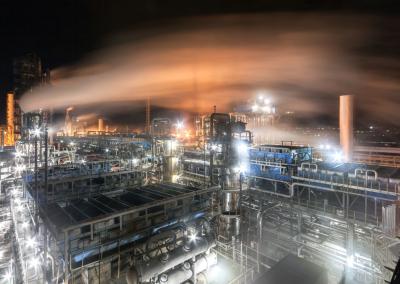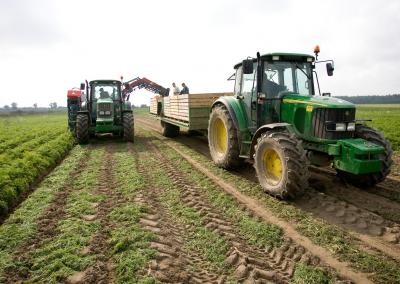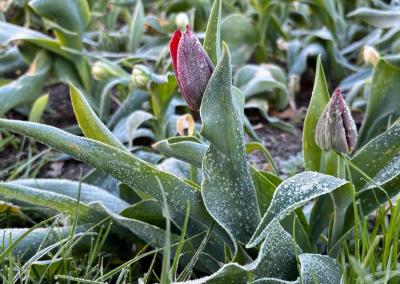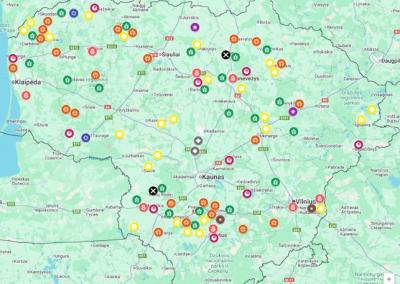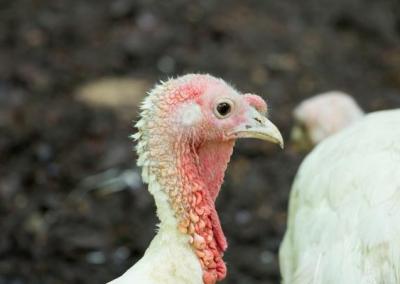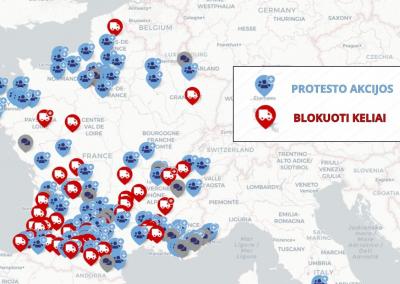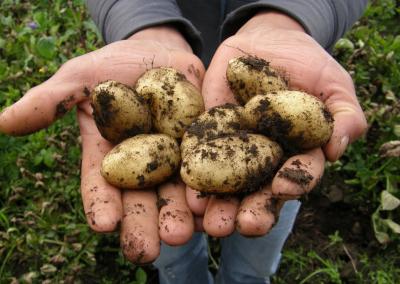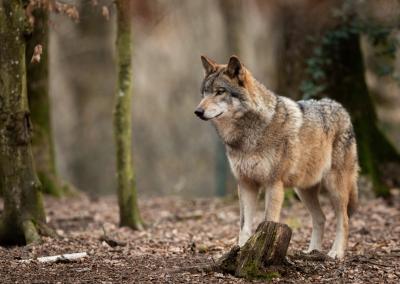Why the Jonqual population is declining
According to recent scientific studies around the world, many species of jonvabal are on the verge of extinction due to artificial lighting at night, pesticides and habitat loss. Urbanisation, agricultural intensification and climate change are all contributing to the decline of the jonquil population.
Some species of jonquils may become extinct as a result of deforestation, the use of chemical insecticides by humans and artificial street lighting. Around 2,000 species of jonvabal, which mainly live and shine on the shores of lakes, in swamps, meadows and forests, are not at risk of extinction in the near future because these areas are not heavily affected by human activity. However, a few specific species living in gardens and urban parks are threatened with extinction.
Jonobabies give off a greenish light in the dark due to a chemical reaction called bioluminescence that takes place in special cells in their abdomen. Oxygen combines with chemicals (luciferin and luciferase) to generate light with virtually no heat. Jonah whales use their light to blink to find a mate. Males blink every 5 seconds and females every 2 seconds.
Artificial lighting at night is bad for jonquils
Jonvabales are useful insects in the garden as their larvae eat other soft-bodied garden pests such as slugs, snails and caterpillars. However, the abundance of artificial night-time light sources in gardens disorientates the jonvabers, so that most of them simply do not find mates and are therefore unable to mate and reproduce. There are more and more night lights and lanterns in backyards, which shine beautifully at night, and lanterns lighting up the streets of garden communities, but all this is to the detriment of the jonvabal. And if the orchard where the jonquils live is cut down, the jonquils disappear along with the slugs and caterpillars.
Some species of jonquils cannot fly, so if their migration route is disrupted by a new motorway or suburban development, the species begins to disappear gradually.
Pesticides and insecticides
A major problem is the use of pesticides by farmers to control garden pests – these chemicals also kill off entire populations of beneficial jonvabales. Scientists are forced to admit that very soon many species will have to be added to the Red Data Book.
Pesticides are particularly damaging to the larvae of jonquils, which survive for long periods underground, where most of the chemicals end up. And yet, jonquils do not harm gardens and vegetables, but rather help fight slugs and other pests.
Jonvabales are used to living in temperate climates: humid and warm summers provide an ideal environment for reproduction, while cold winters are favourable for the survival of eggs, larvae and pupae.
As temperatures rise around the world, conditions are becoming less predictable and often less favourable for many jonvabels. Changes in precipitation, another important factor in the life of jonquils, result in either excessively dry conditions that reduce larval survival or excessively wet conditions that can flood the breeding grounds of jonquils and disrupt their life cycles.
How to preserve jonquils in the garden
The decline of the amphibian population is more than just the loss of a beautiful natural sight - it signals larger environmental and ecological problems that can have devastating consequences for other species and ecosystems.
What can gardeners and farmers do in their own areas and plots to support jonquils and biodiversity? Avoid the use of pesticides and insecticides and do not abuse night lighting.
To encourage successful mating, which relies on the bioluminescent light signals emitted by jonquils, we need to reduce night lighting in and around their habitat. Current research is working to develop specific lighting recommendations, including adjustments to the colour (wavelength) and intensity of light, which will ensure both public safety outdoors and the reproduction of jonquils. Reducing artificial light at night (in terms of quantity, volume and duration) should be beneficial to many beneficial nocturnal insects.



